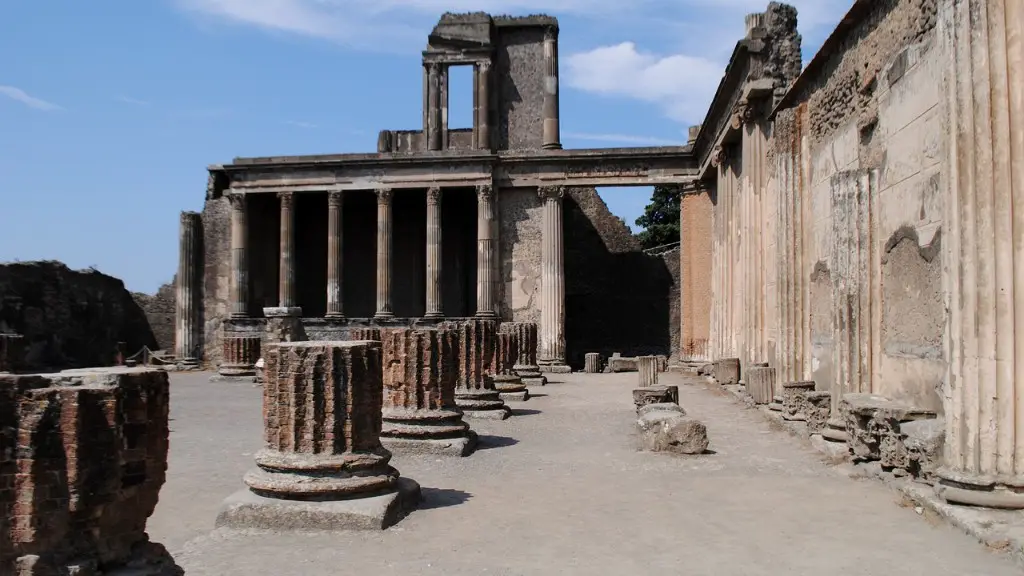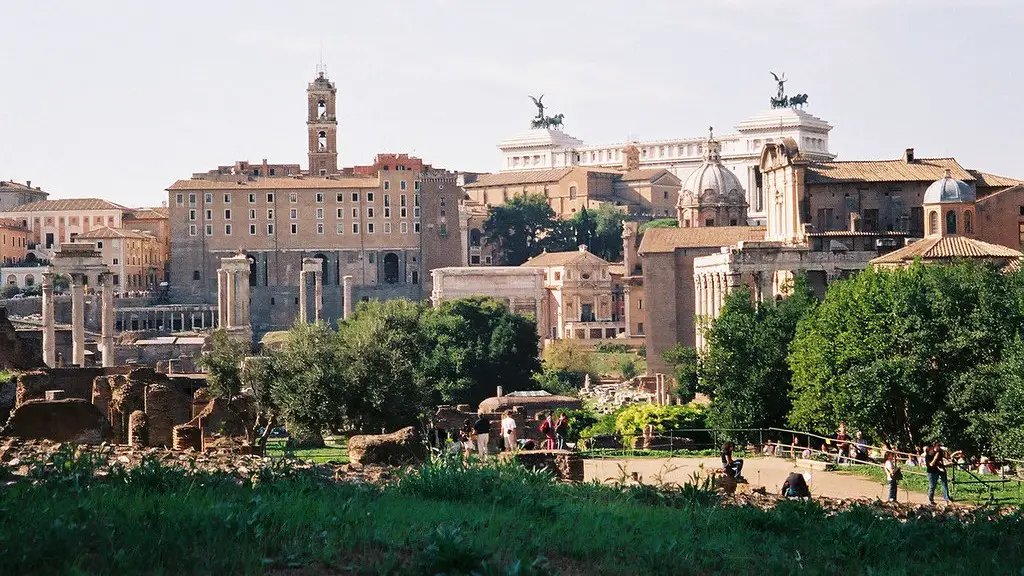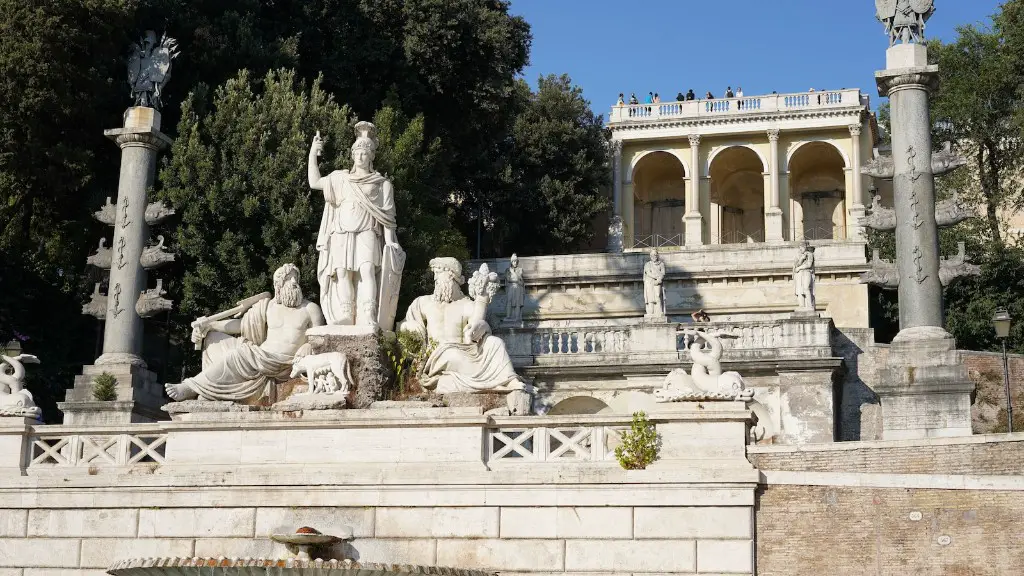Rome, the eternal city. Throughout history, it has remained one of the most iconic cities of the world. Its history is full of tales of triumph and glory, from Julius Caesar to the Roman Empire. But what would Rome look like today if it were left in its fully intact, unadulterated glory?
Architectural Style
What would jump out immediately is the presence of the ancient artistic genius. Although many traces of the forum, the Colosseum, the temples and the circus remain, it would be enthralling to see them in their original, pristine form. Buildings like the Pantheon, the Castel Sant’Angelo and the Basilica of Maxentius are victories of the human spirit over adversity. Aesthetically, the architecture of ancient Rome prominently includes elements of the Doric, Ionic and Corinthian orders, which form a unique and cohesive style.
Roman dwellings, though often architecturally plain, feature impressively intelligent design. These homes made efficient use of space, with multi-functional rooms and hygienic water systems. The simplicity of their decoration and interior furnishings is reflective of the Roman minimalist lifestyle.
Modern Technology
Rome’s ancient infrastructure techniques had no room for modern-day developments, such as the automobile or electrical power. Consequently, our understanding of these technologies would be almost obsolete compared to the current era. Ancient Roman roads were made mostly of compacted dirt and gravel, having to weather very rainy seasons and sweltering hot summers. The development of traffic congestions or accidents could be a thing of the past with the implementation of simple engineering strategies.
The absence of electricity would be quite noticeable, affecting not just the need for streetlights, but also basic amenities such as running water, lighting and sanitary practices. In terms of communication, Rome would rely on traditional methods: public notices posted on public walls, word of mouth, carrier pigeons and even smoke signals.
Economy
Despite the many limitations of the ancient world, Rome was nevertheless a bustling commercial center. Since no bank card was ever invented in antiquity, people would rely primarily on coins, such as the ‘denarius’, minted in the city’s numerous workshops. Ancient trade was often conducted through the market’s round-about and mysterious practices,which encompassed a hodgepodge of goods and services.
The Roman economy strictly followed certain principles and laws concerning commerce, taxation and slave labor. Major advancements included the creation of new factory production lines and inventions such as the aqueduct.
Social Life
Without the distractions of modern-day technology, the city would be a hub for socializing, debating and conversations. Streets, squares and public baths will be the meeting places of citizens: free men, women, children, slaves and foreigners. Ancient social customs such as lavish banquets, public spectacles, religious rituals and games at the amphitheater will all be in great abundance.
One would also notice enigmatic monuments such as obelisks and grand triumphal arches. Inns and taverns were important communal venues and offer precious hospitality, while street vendors provide comestibles and crafts. Rome would be a stage for creative expression and expression of wealth.
Political Organization
The Roman Republic, the epitome of politics in antiquity, was founded within the city and has since been the cornerstone of the western political system. Its most famous offices, such as consul and tribune, were revered by citizens. This complex framework of government also incorporated laws, dictatorial powers, a republican senate and various other institutions.
Rome’s many tribunes, plebeians and patricians created a carefully crafted network of local and international politics. This system is responsible for introducing the concept of citizenship and the voting system; playing a part in the spread of democracy.
Cultural Impact
The unmistakable influence of Roman culture can be found in every sphere of modern life. The religion, art and literary works of antiquity are still quoted in daily life and have presented lasting rhetoric to the advancement of human knowledge. The Latin language, which formed the basis for many modern languages, stood as a firm link between the East and the West.
The city’s vast architectural structures was so impressive that it left an indelible mark on future generations, inspiring numerous painter’s, illustrators, writers and architects to continue its traditions. From antiquities such as the Colosseum, to the more recent St. Peter’s basilica, Rome is undoubtedly a city of many wonders.
Conclusion
The city of Rome in its complete and unaltered form would be truly a remarkable sight. Despite the lack of modern amenities and comforts, it would remain an jewels of glory and a pillar of human resilience. It would be an inspiration for artists and scholars alike, offering its secrets to the ever diligent explorer.



